Introduction
Vinegar-braised pork trotters, a beloved dish in many Asian cuisines, is a symphony of flavors and textures that tantalizes the taste buds while offering a comforting depth. This dish, known for its tender, gelatinous meat bathed in a sweet, savory, and tangy sauce, has roots in Chinese, Taiwanese, and Southeast Asian culinary traditions. Often served during festive occasions or family gatherings, it embodies the balance of umami and acidity that makes it a timeless favorite. Whether you’re a seasoned home cook or a curious novice, mastering this recipe will reward you with a dish that’s both impressive and deeply satisfying. In this comprehensive guide, we’ll explore the nuances of selecting ingredients, preparing the trotters, and achieving the perfect harmony of flavors.
Understanding the Dish
Before diving into the recipe, it’s essential to grasp why vinegar-braised pork trotters resonate with so many. The dish’s appeal lies in its contrasting elements: the rich collagen from the pork trotters, which melts into a luxurious texture during slow cooking, and the bright acidity of vinegar that cuts through the richness. The addition of aromatics like ginger, garlic, and star anise, along with sweeteners like sugar or rock sugar, creates a complex flavor profile that’s both comforting and invigorating.

Ingredients: Building the Flavor Foundation
The success of this dish hinges on quality ingredients. Here’s a breakdown of what you’ll need:
- Pork Trotters (2 lbs): Opt for fresh, meaty trotters with minimal hair. If frozen, thaw them thoroughly and pat dry.
- Vinegar (1.5 cups): Black vinegar (Chinkiang vinegar) is traditional, but rice vinegar or apple cider vinegar can substitute. Avoid distilled white vinegar for a harsher taste.
- Soy Sauce (¼ cup): Use dark soy sauce for color and depth, or a mix of light and dark.
- Sweetener (⅓ cup): Rock sugar adds a mellow sweetness, but brown sugar or honey works too.
- Aromatics: Fresh ginger (3-inch piece, sliced), garlic (6 cloves, smashed), and star anise (2 pods).
- Shaoxing Wine (2 tbsp): Optional but enhances flavor.
- Water or Stock (4 cups): Chicken or pork stock elevates the dish, but water suffices.
- Optional Additions: Hard-boiled eggs, dried mushrooms, or wood ear fungus for texture.
Preparing the Pork Trotters
- Cleaning: Scrub the trotters under cold water to remove impurities. Use a kitchen torch or tweezers to remove any remaining hairs.
- Blanching: Place the trotters in a pot of cold water, bring to a boil, and simmer for 5 minutes. Drain and rinse under cold water to eliminate scum. This step ensures a cleaner broth and tender meat.
- Cutting: Chop the trotters into 2-inch pieces using a cleaver or heavy knife. Uniformity ensures even cooking.
The Cooking Process: Step-by-Step
- Searing the Meat (Optional): For added depth, sear the trotters in a hot pan with oil until golden brown. This step caramelizes the meat, enhancing flavor.
- Sautéing Aromatics: In a large pot or Dutch oven, heat 2 tbsp oil over medium heat. Add ginger, garlic, and star anise, stirring until fragrant (1-2 minutes).
- Deglazing with Vinegar: Pour in the vinegar, scraping the bottom of the pot to release browned bits. This adds complexity to the sauce.
- Adding Liquid and Sweetener: Stir in soy sauce, sweetener, Shaoxing wine, and water/stock. Bring to a simmer.
- Braising: Submerge the trotters in the liquid. Cover and simmer on low heat for 2-2.5 hours, or until the meat is tender but not falling apart. Stir occasionally to prevent sticking.
- Thickening the Sauce (Optional): For a richer consistency, remove the lid in the last 30 minutes to reduce the liquid. Alternatively, mix 1 tbsp cornstarch with water and stir into the sauce.
Achieving the Perfect Balance of Flavors
The key to excellence lies in balancing the five tastes: sweet, salty, sour, bitter, and umami. Taste and adjust the seasoning midway through cooking:
- Sour: Add vinegar incrementally if the tanginess fades.
- Sweet: Adjust with extra sugar to mellow sharpness.
- Salt: A pinch of salt can brighten flavors, but soy sauce often suffices.
- Umami: A splash of fish sauce or oyster sauce (if non-vegetarian) adds depth.
Troubleshooting Common Issues
- Tough Meat: Ensure low, slow cooking. High heat tightens collagen instead of breaking it down.
- Bitter Aftertaste: Overcooked vinegar can turn bitter. Add a pinch of sugar to counterbalance.
- Greasy Broth: Skim fat from the surface during cooking or refrigerate overnight to solidify and remove excess fat.
Variations and Customizations
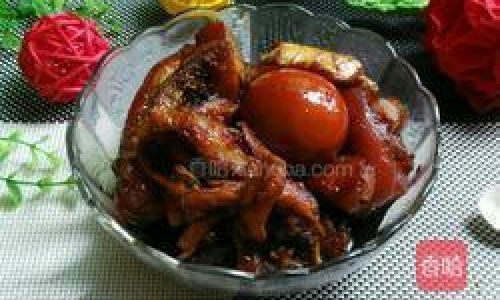
- Spicy Kick: Add dried chilies or Sichuan peppercorns during braising.
- Herbal Notes: Include goji berries or wolfberries for a subtle sweetness.
- Vegetarian Twist: Substitute trotters with wheat gluten or oyster mushrooms, using mushroom-based soy sauce.
- Pressure Cooker Method: Reduce cooking time to 45 minutes under high pressure for fall-off-the-bone tenderness.
Health Benefits and Nutritional Notes
Pork trotters, rich in collagen, are believed to support joint health and skin elasticity. Vinegar aids digestion and may help regulate blood sugar. However, the dish is high in sodium and calories, so moderation is key. Opt for low-sodium soy sauce and serve with fiber-rich sides like steamed vegetables or brown rice.
Serving Suggestions
- Classic Pairing: Serve over steamed jasmine rice with a side of blanched bok choy.
- Noodle Companion: Toss with thick wheat noodles and a drizzle of chili oil.
- Appetizer Platter: Arrange on a platter with pickled vegetables and hard-boiled eggs.
- Festive Feast: Include as part of a multi-course meal with dumplings and stir-fried greens.
Storage and Reheating Tips
- Refrigeration: Store in an airtight container for up to 4 days. The flavors will meld and deepen overnight.
- Freezing: Freeze portions for up to 3 months. Thaw in the refrigerator before reheating.
- Reheating: Gently simmer on the stove, adding water if the sauce is too thick. Avoid microwaving to prevent uneven heating.
Cultural Significance
In Chinese culture, vinegar-braised pork trotters symbolize prosperity and are often served during Lunar New Year. The dish’s gelatinous texture is said to represent wealth and togetherness, making it a meaningful addition to festive tables.
Conclusion
Vinegar-braised pork trotters is a dish that rewards patience and attention to detail. By mastering the balance of flavors and textures, you’ll create a meal that’s both nourishing and deeply satisfying. Whether you’re cooking for a crowd or savoring a quiet dinner, this recipe invites you to explore the alchemy of ingredients that transform simple components into culinary art. So, gather your ingredients, embrace the sizzle of the pan, and let the aromatic steam of vinegar and spices fill your kitchen—a testament to the joy of homemade comfort food.
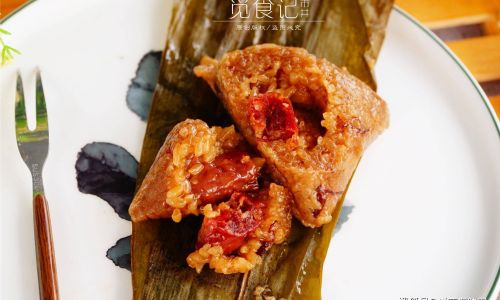
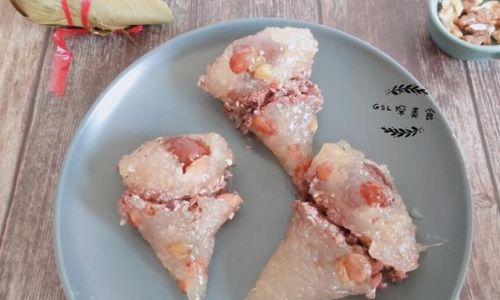
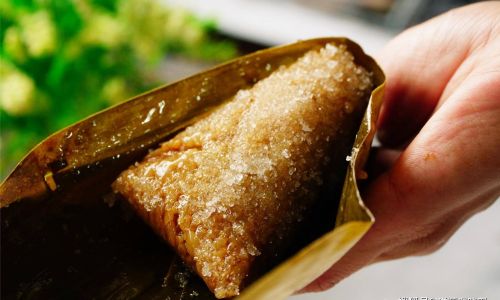
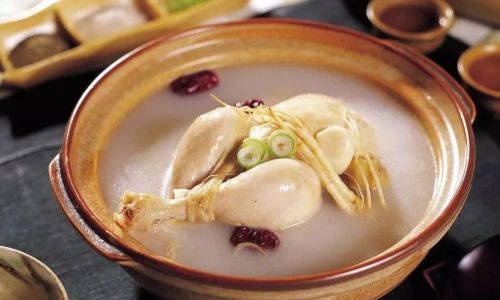
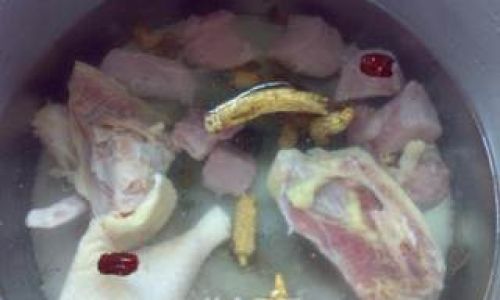
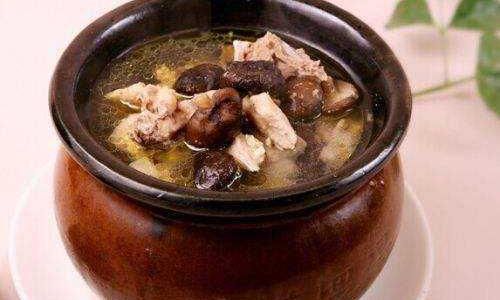
0 comments